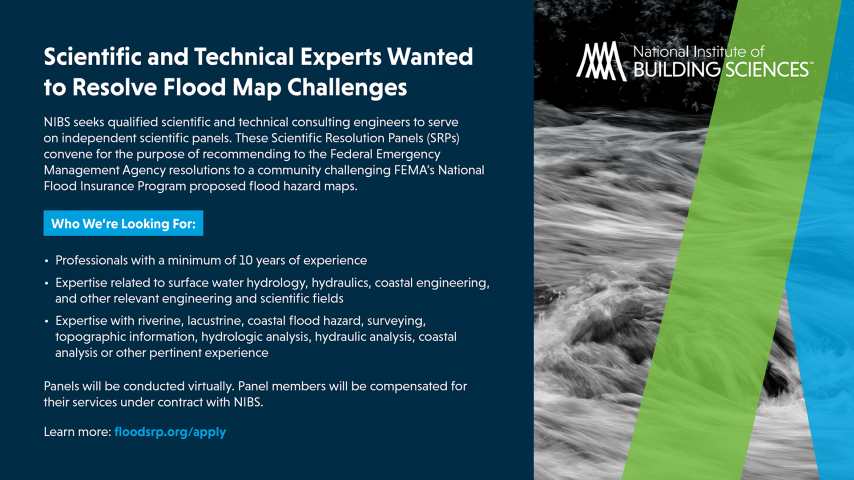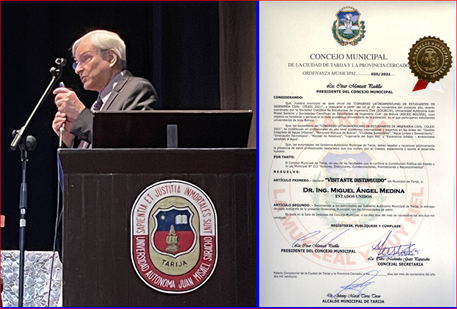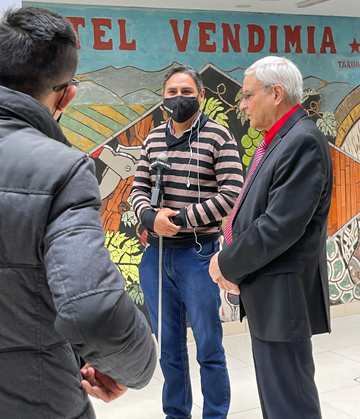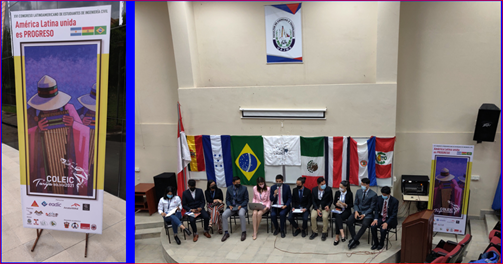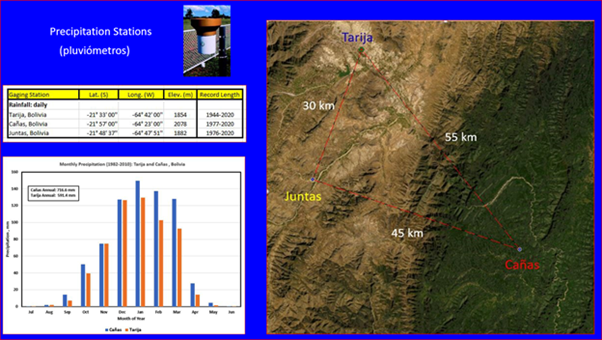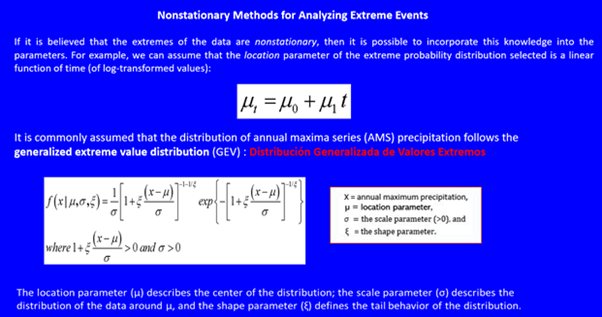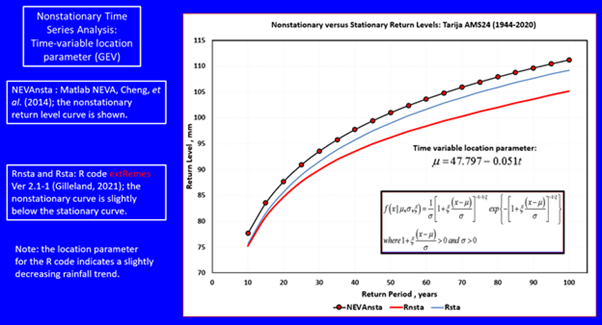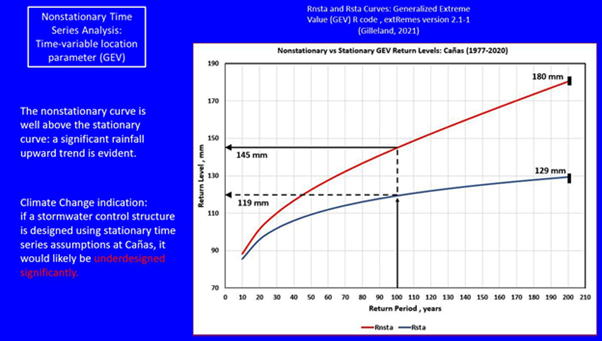A Novel Approach To Quantify Streamflow Properties
DESCRIPTION
Presented is a novel approach using autocorrelation lag (k) plots and sequence summations to quantify the streamflow properties of magnitude, frequency, duration, timing and rate of change. The resulting products are a combination of visualizations and tables providing streamflow information across all flow levels and address a fundamental hydrologic property – the temporal configuration of streamflow. Multiple regional case studies are presented to show the utility of this technique in different riverine environments.
Webinar learning objectives
- Identify the additional information available in autocorrelation lag (k) plots.
- Recognize the advantages of a temporal-based approach.
- Describe ecohydrology effects based on information presented.

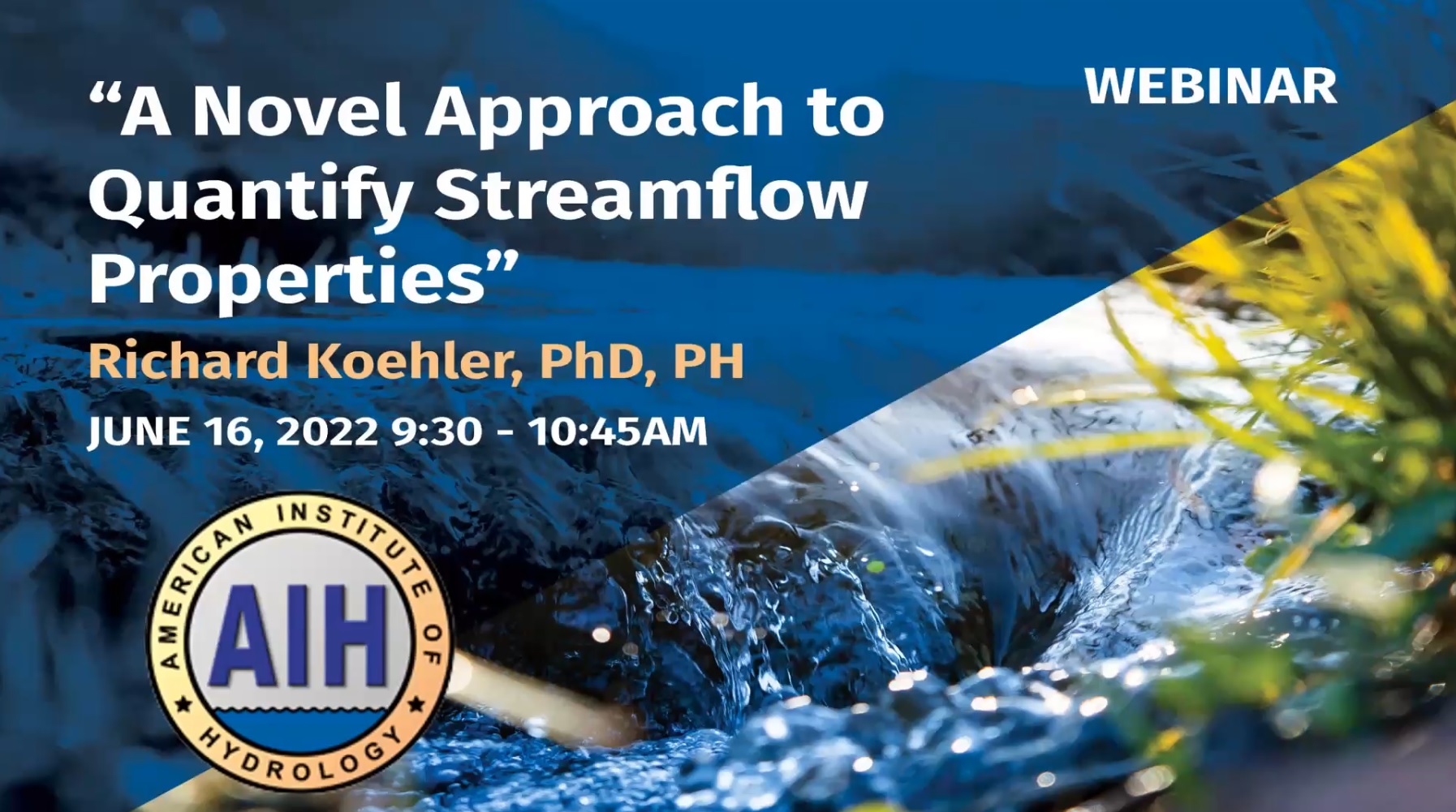

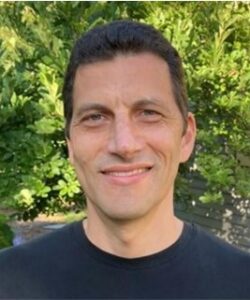 About The Speaker: Andrew Cohen is a hydrogeologist located in New Jersey, USA. He received a Ph.D. from the University of California at Berkeley. His focus is hydrogeologic investigations, contaminant fate and transport, conceptual site models, and groundwater education. Prior to his current roles in the environmental consulting industry and Adjunct Professor of Contaminant Hydrogeology at the New Jersey Institute of Technology, he was a Research Associate at Lawrence Berkeley National Laboratory, where he focused on hydrogeologic characterization and modeling of groundwater in fractured and faulted bedrock. He is now focused on the development of a free, online library of groundwater educational videos called the GroundwaterU Video Library, which he founded in January of this year.
About The Speaker: Andrew Cohen is a hydrogeologist located in New Jersey, USA. He received a Ph.D. from the University of California at Berkeley. His focus is hydrogeologic investigations, contaminant fate and transport, conceptual site models, and groundwater education. Prior to his current roles in the environmental consulting industry and Adjunct Professor of Contaminant Hydrogeology at the New Jersey Institute of Technology, he was a Research Associate at Lawrence Berkeley National Laboratory, where he focused on hydrogeologic characterization and modeling of groundwater in fractured and faulted bedrock. He is now focused on the development of a free, online library of groundwater educational videos called the GroundwaterU Video Library, which he founded in January of this year.
